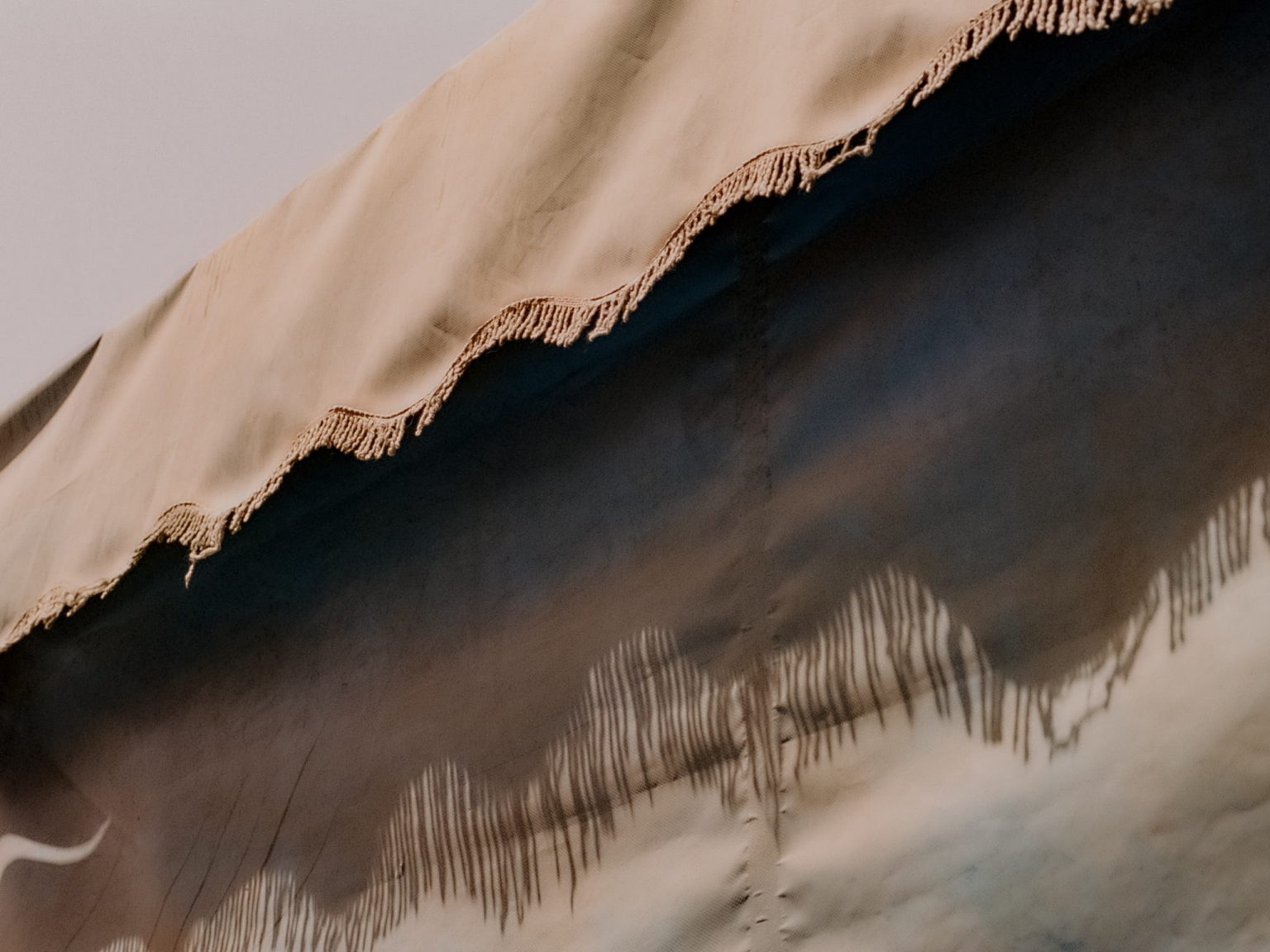
Photography
Words by Will Bentley-Hawkins
Photos & Responses by Robert Farley
Who are you? How are you? Where are you?
My name is Robert Farley. I’m not bad at all. I’m currently living in Paris, in the Marais, and have been living here for the last 2 and a bit years with my wife and our 2-year-old son.
What does a day in the life of Rob Farley look like?
If I’m not working, I wake up, make some coffee, stare mindlessly into the wasteland that is my phone for longer than I care to admit, and get sufficiently depressed from that experience. Then at some point, I’ll hear my son wake up, and remember that life is pretty amazing, put the phone down, go and hang out with him and get him ready for crechè (French daycare) which usually involves some breakfast and some dancing.
Then pick up more coffee and meander around the rest of the day, try to get some exercise, catch up with some friends, and try to feel productive while waiting to pick my guy up from creché. If however I have a job on, it can be a pretty mixed experience as more often than not I have to travel for work.
Most recently I’ve been finishing off a feature documentary with Australian director Richard Bullock, which has involved a lot of travelling around Europe which is always fun and definitely a perk of the job. This job in particular was a special one, as we’ve been documenting this guy Dominic Lobalu from his first professional race through to him competing in the Paris Olympics. It’s a pretty incredible story as he’s a refugee from South Sudan who ran away to Switzerland, met an incredible coach and is now one of the best middle-distance runners in the world. Rich has been documenting him since 2016/17 when he met him in a Kenyan refugee camp.
What most excites you about Paris and London from a photographic perspective?
I guess what excites me most about Paris and London from a photography perspective is just how much there is to explore. The work being done in this part of the world I find really interesting, and there’s something special about being in a new place where it feels like there are new opportunities. Plus, having the rest of Europe so close by is a huge bonus.

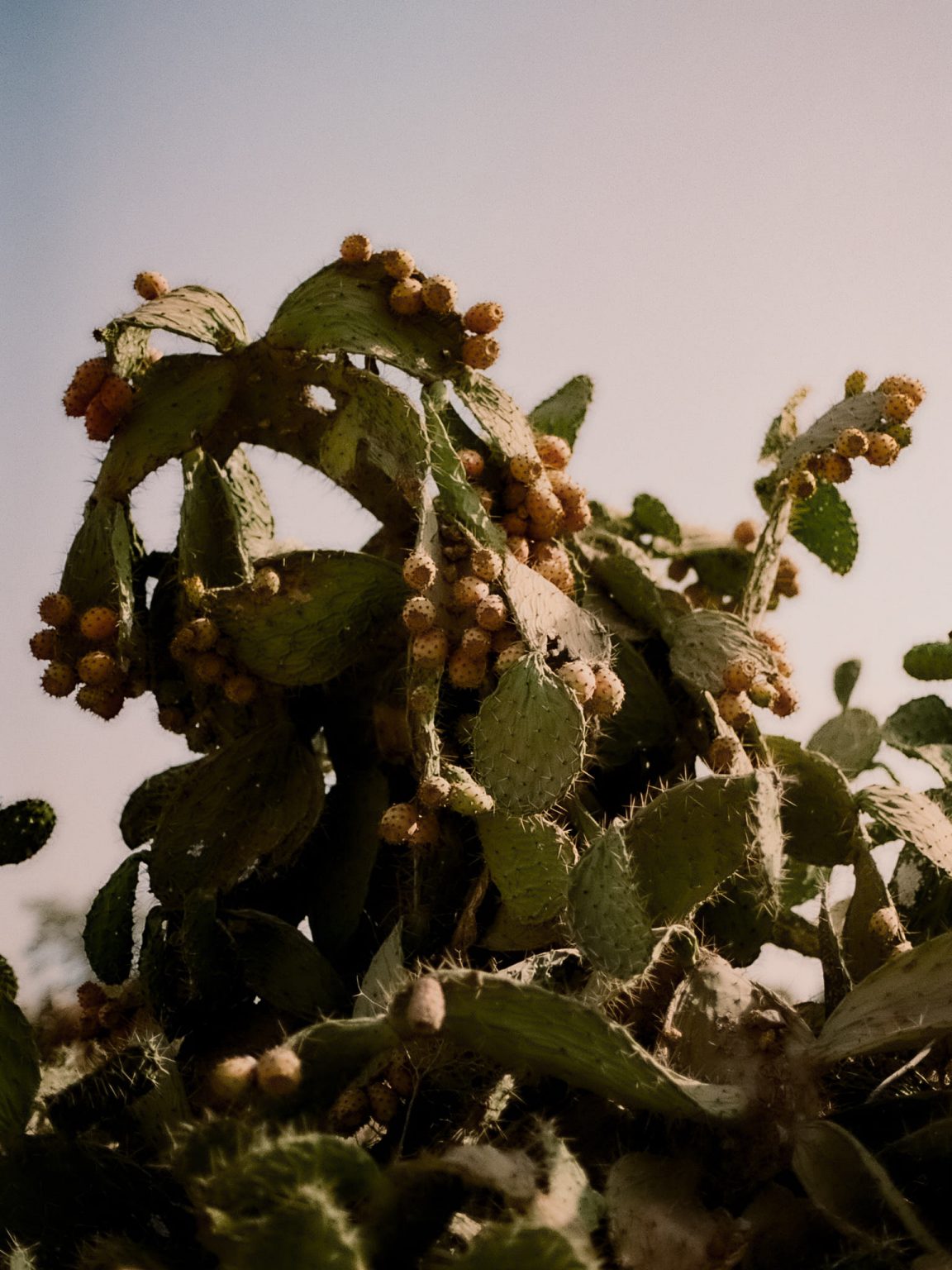
How do the worlds of photography and cinematography collide for you?
I feel like photography and cinematography both collide and stay separate in a way. On one hand, both teach you to find good light and interesting frames really quickly—those skills definitely overlap. But on the other hand, cinematography involves so many more moving pieces. A good photograph can stand on its own, and it’s much more of a singular practice in the way that I shoot. Whereas in cinematography, everything has to come together to create something cohesive that cuts together and tells a good story. So, while they share some common ground, they each have their own challenges and rewards.
How’d you get into this line of work and what has kept you here?
I grew up in the country, where the idea of the film industry or making a living through creative work was not a thing that existed. After high school, I travelled a lot, trying to find a career path, but I didn’t have any real direction. I eventually enrolled in a business course, but I found it agonizingly boring. That’s when I decided to switch to film, which immediately felt exciting and right for me.
I had a friend in the film industry in Sydney who gave me an opportunity, so I moved there and started working. I began doing as much free work as I could get in the camera department, and worked my way to 2nd AC, then became a Focus Puller, and then in the last few years have switched to being a cinematographer full time.
I was always interested in photography as an art form or documentary format. But I think things really clicked for me when I saw this great film by Cheryl Dunn called Everybody Street. It’s all about New York street photography, which I didn’t know much about at the time, and it somehow made it feel more accessible, and tangible. Especially the way Joel Meyerowitz talks about street photography, it makes it something you want to be part of.
From there I became obsessed with American road photographers like Joel Sternfeld, Alec Soth, Joel Meyerowitz, and Stephen Shore to name a few. Their work resonated with me because it documented a world I was somewhat familiar with, and there was something romantic about the idea of just being on the road with a camera. It reminded me a lot of the Beat Generation writers like Kerouac and Ginsberg, which I was also really into at the time.
So I spent a lot of time just going out, taking pictures, and figuring out what I liked and how the camera worked. When I first moved to Sydney, I didn’t know many people, so I’d grab my camera and just explore and get out of the city as much as I could.
Do you remember the first time you handled a camera of any kind, shape or size? And if so, how’d that feel?
I think it was stealing my mum’s SLR as a kid and taking it out to photograph my friends skating in schools in our little country town. But I didn’t revisit it until my mid-20s when I bought a 7D and then started discovering film photography and filmmaking.
What’s your favourite thing about shooting stills?
Probably the nature of being out exploring a place with some kind of purpose.
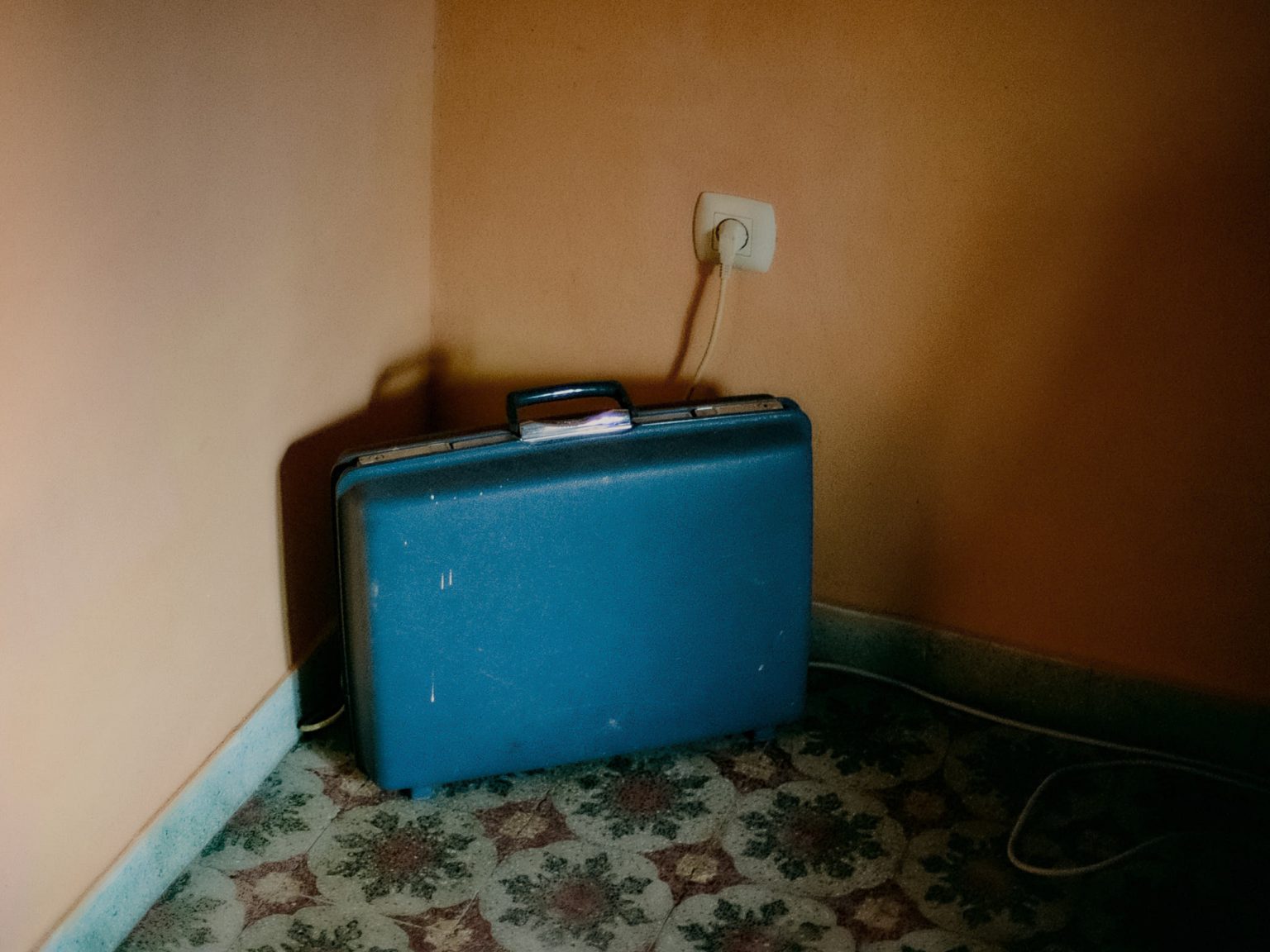
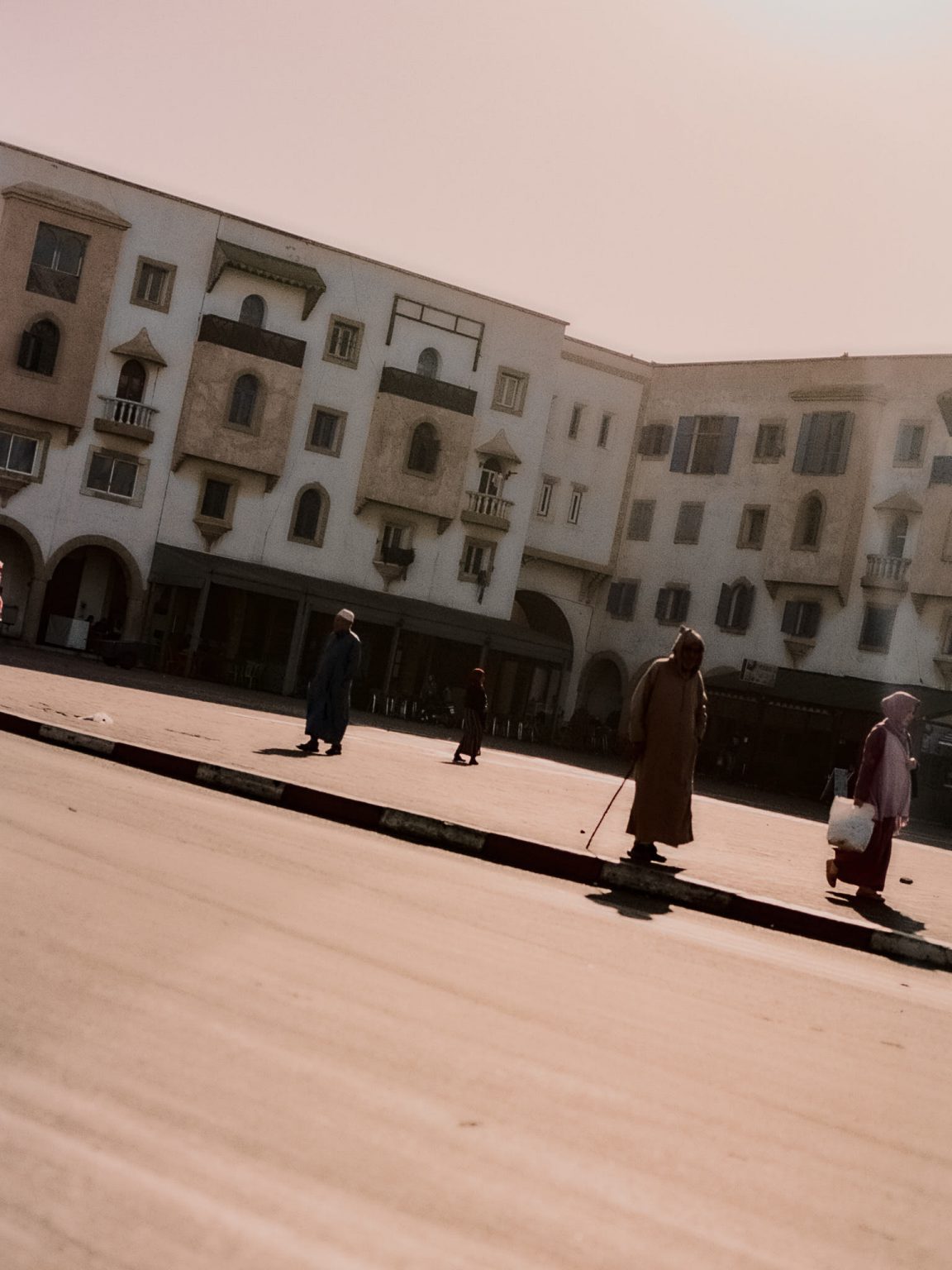
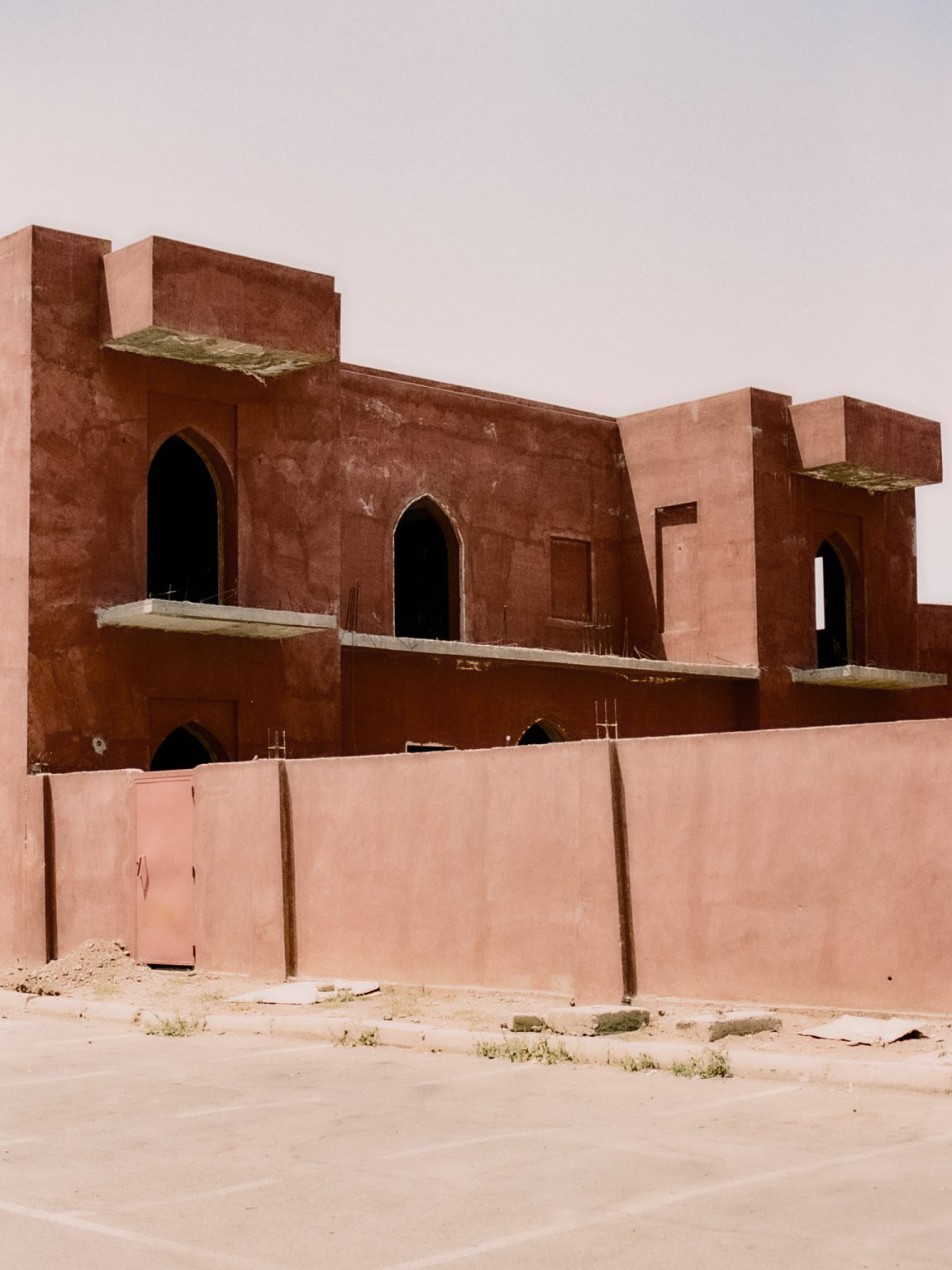
When out shooting, can you describe what draws your eye?
I guess it’s a large mix of things, shapes, light, people, situations. Or if I’m working with a specific project or concept in mind I try to look for things that speak to that.
Tell us about a nice scene you captured recently (provide a photo) and why it was so pleasant.
This photo of an older man on his bike checking out the ocean in the south of France at the start of spring. Some of these areas in the South of France are like big pastel-coloured retirement villages, and I guess this photo kind of sums that up for me.
Can you shed some light on your recent trips to Japan and Morocco? What were you doing there? How were you feeling? How’d you go about capturing the mood of these places?
The photos I recently posted from Japan were taken while I was there on a job working as a focus puller about 5 years ago. And the Moroccan photos were from a trip I did with my friends right before Covid. All essentially just travel photos with no real intentionality to them, just a nice way to see and experience a place.
I find when I go on a trip it’s really easy to look at a place from a singular perspective, but when I force myself to go out for a walk with a camera I take the time to look at things and find details that I wouldn’t necessarily notice otherwise.
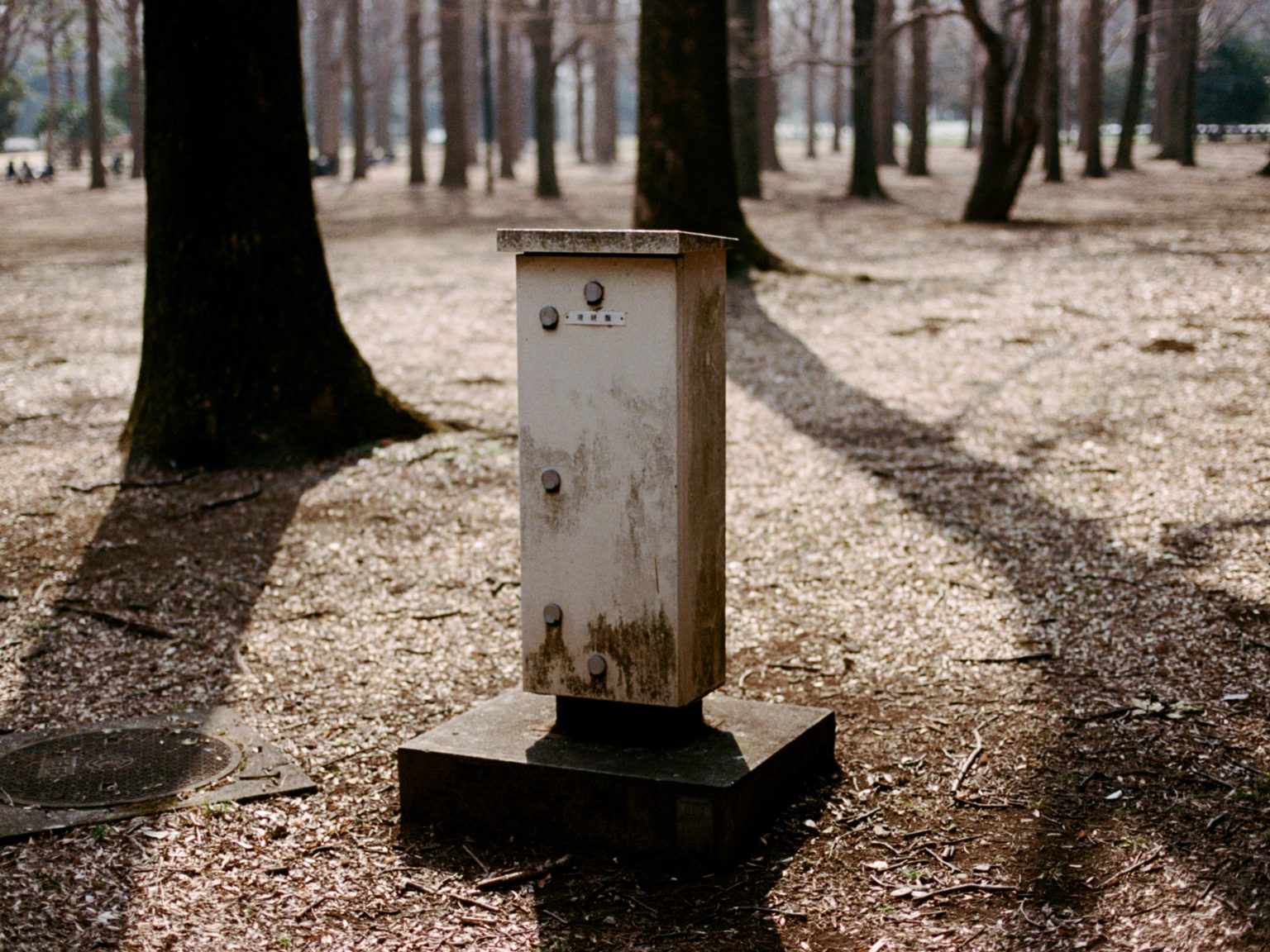
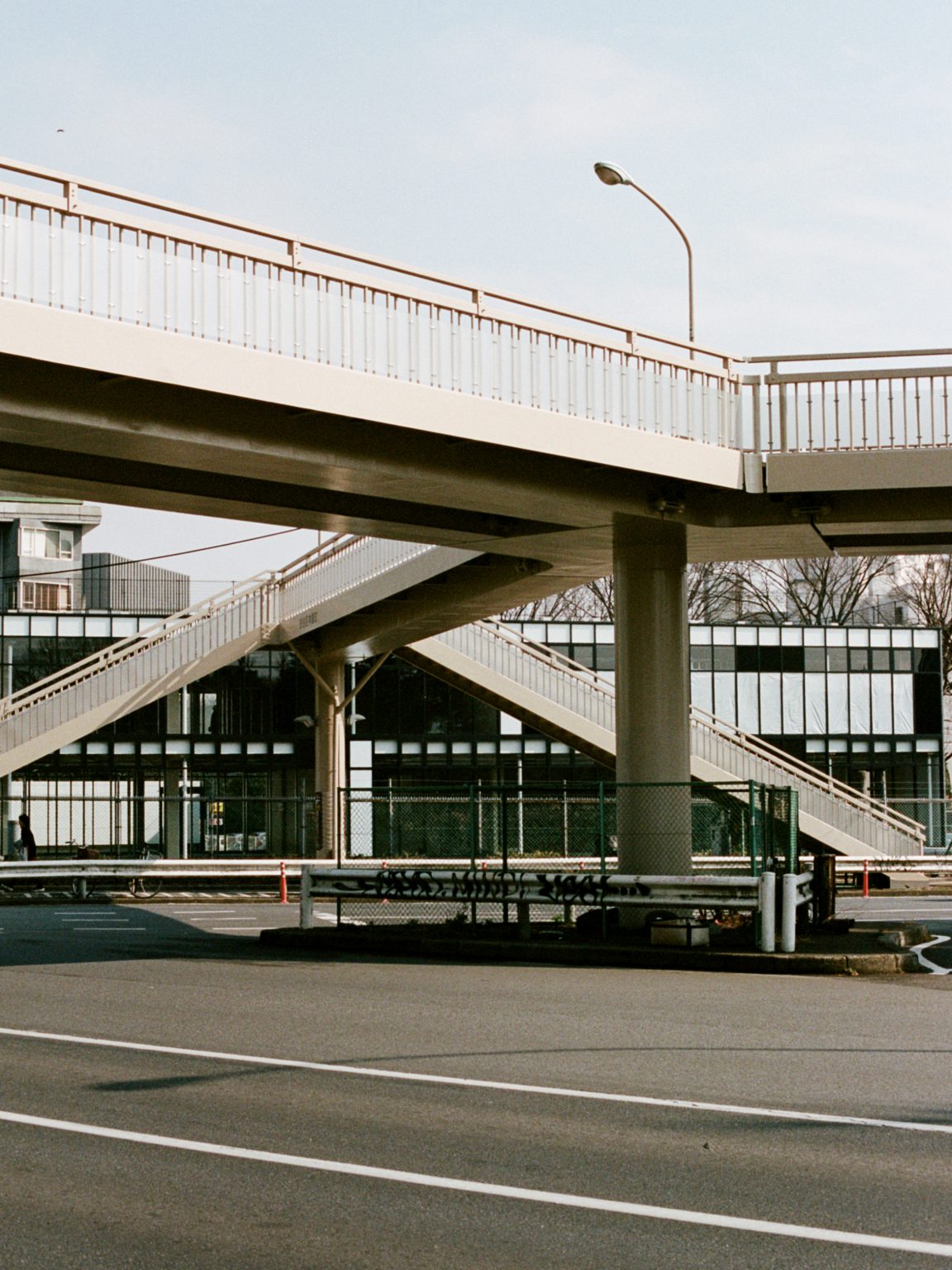
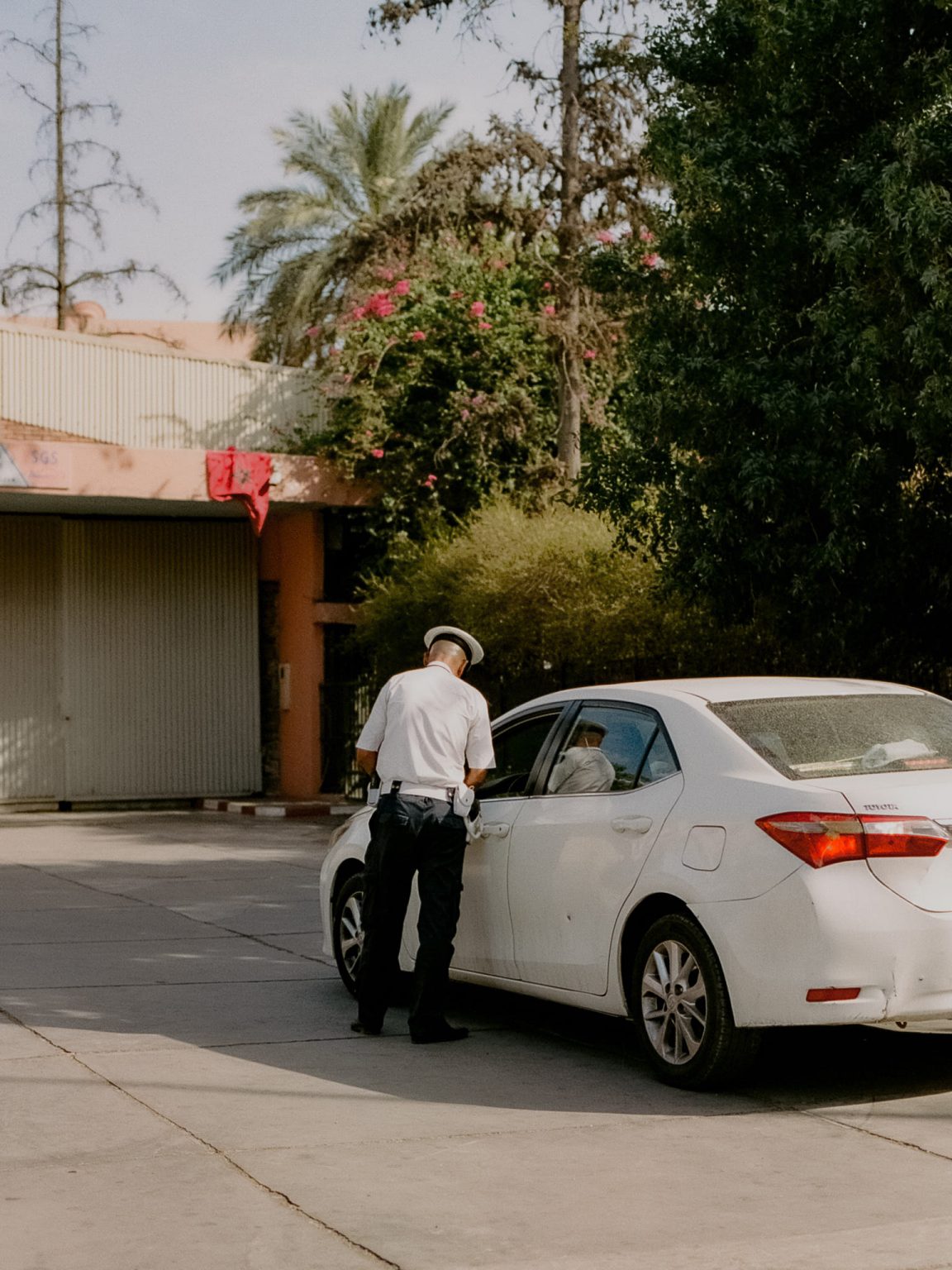
What strikes me most about your frames is the colours and tones. What do you shoot with/edit with and how do your photos come out looking the way they do?
It’s such a mixed bag really and depends on what I’m shooting and why. However recently I’ve mostly been shooting on a Fuji x100v, as it’s so easy to carry around. For a long time, I would shoot 645 medium format film, and then It gradually moved to more digital. I mostly edit with Capture One.
Talk us through some of the stills from the new Myles Morgan video, looks like you shot in some dramatic and varied places.
This was the 3rd project I’ve done with director Ned Donohoe. He recently moved to London and wanted to do a project locally to help build some more work there, so he self-funded this music video. It was a really ambitious project that we shot over 4 days around London and the English countryside, battling freezing cold conditions and sideways rain. But I am really happy with what we managed to come away with in the end. We were lucky to get some great crew that helped everything come together.
Where on earth did you shoot those pictures for the Strains exhibition? And what is Strains all about?
Strains was a project I did as part of the Pool Grant in collaboration with director Dani Pearce and Producer Sarah Nichols. The Pool Grant is a great initiative run by The Pool Collective in Sydney that gives 10k and a mentorship program for emerging photographers to complete a project and exhibit it.
The idea of the project was a reimagining of the Australian National Anthem and exhibited as a singular piece of work as well as individual images. Conceived by Dani and Photographed by me, we shot a series of landscapes through the middle of Australia and then paired those with portraits photographed in a studio. The final collages were built by Cream Studios in Sydney.
What’s next for Rob Farley?
More of the same.
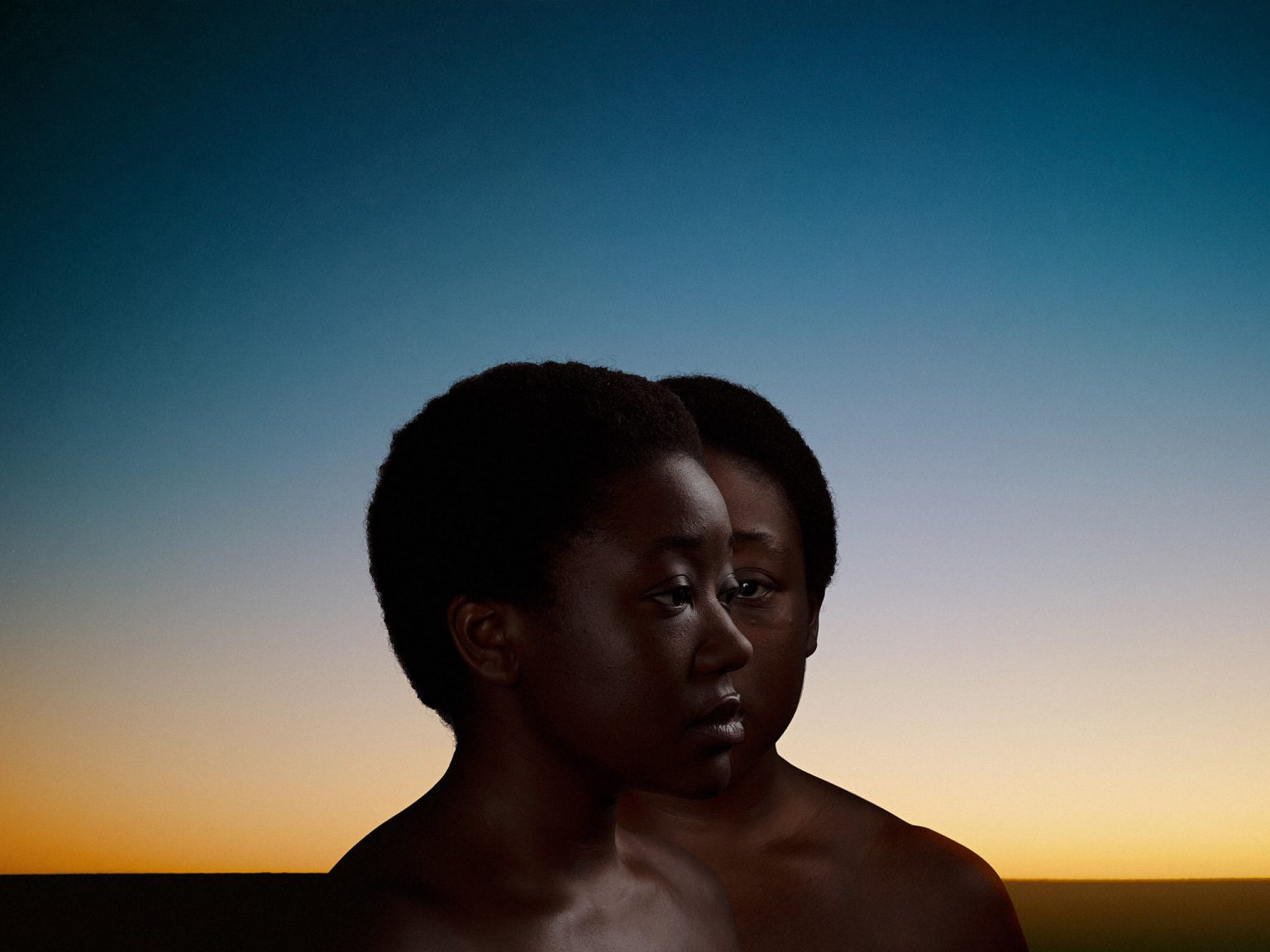
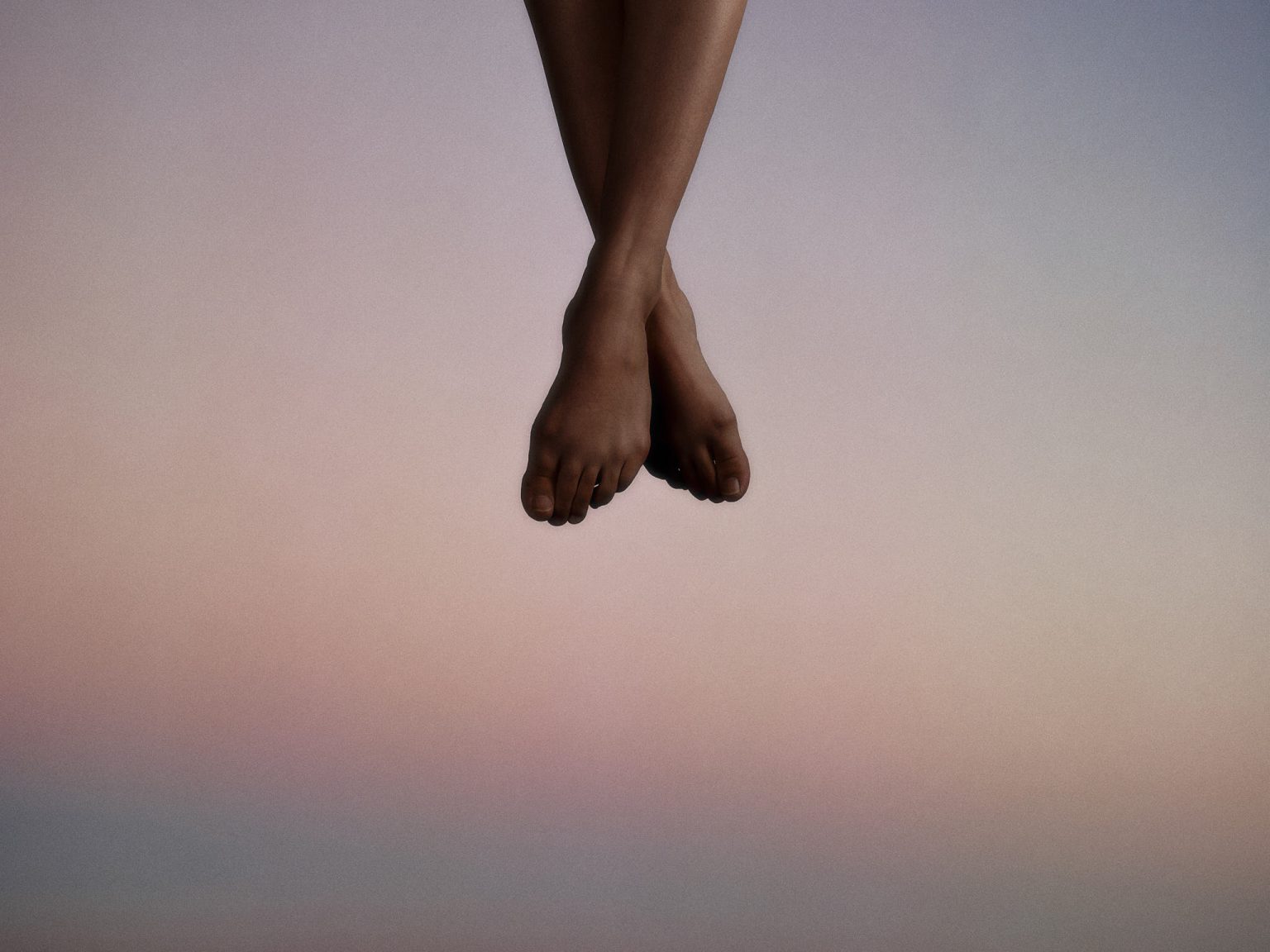

Loves Dance, Film Photography, Ocean Pools, The NY Knicks & Campari Sodas.